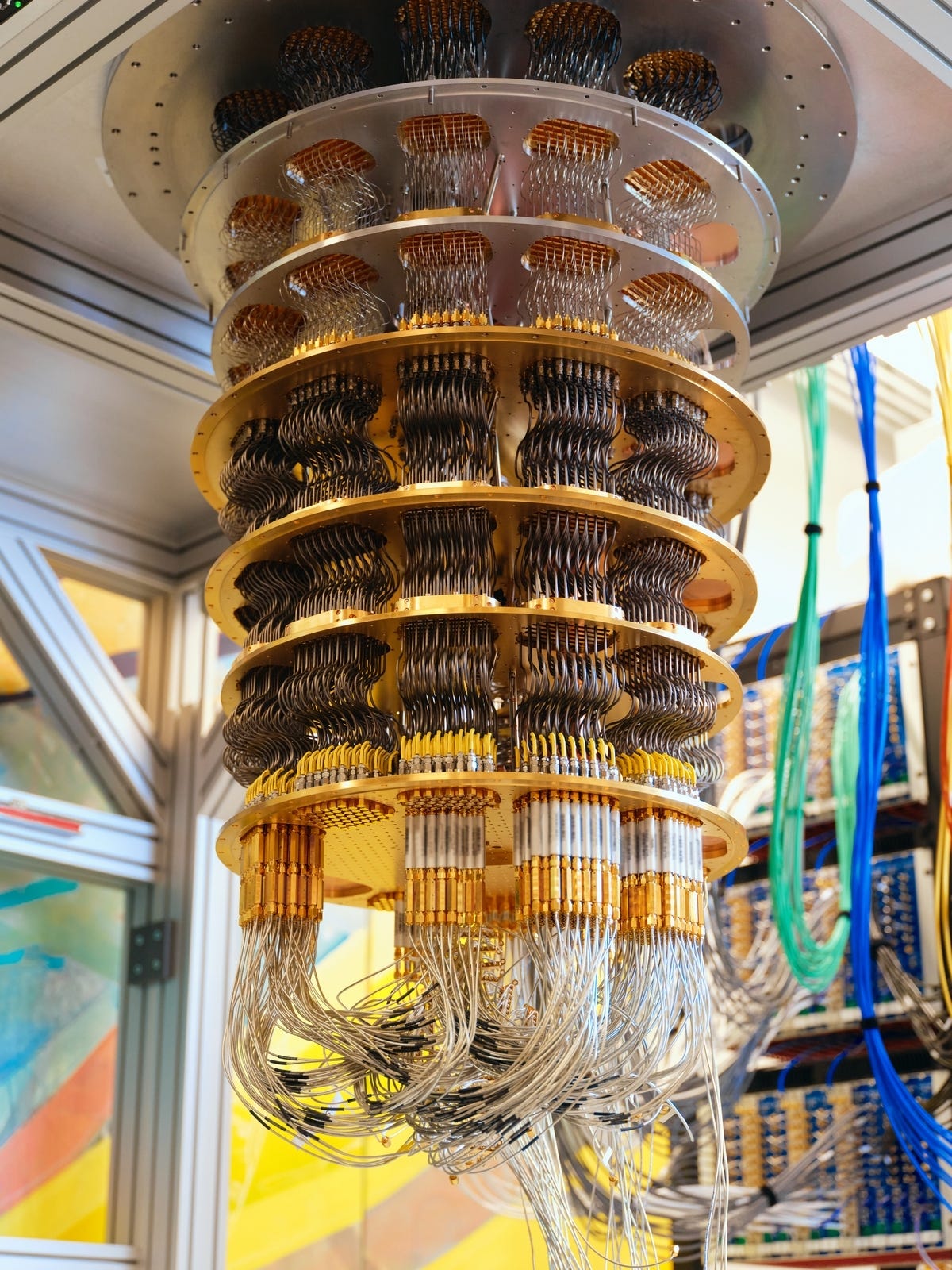Yesterday, tech stocks and cryptocurrency markets collectively experienced a “black swan event”: Nvidia shares plunged 12%-16% intraday, while Meta, Microsoft, Google, and other tech stocks saw varying degrees of decline. Bitcoin mining stocks like Cipher Mining, Core Scientific, and Terawulf tumbled about 30%. Bitcoin price broke below the $100,000 threshold, with 24-hour liquidations exceeding $850 million and margin traders facing forced closures. The markets were awash with despair, painting a picture of a “bursting bubble.”
At first glance, everyone asks: What massive external shock caused this simultaneous stampede in both markets? The answer points to one name — Deepseek.
Deepseek, a Chinese AI research institute, developed a high-performance large language model using relatively “mainstream” hardware (Nvidia H800 chips) at a cost of approximately $6 million within two months. More shockingly, its inference cost stands at $0.14 per million tokens — far below current mainstream models like GPT-4 (estimated at $15 per million tokens). When this news broke, investor sentiment shifted abruptly from excitement to vigilance: AI’s competitive barriers might not be as impregnable as imagined.
The conventional wisdom suggested only companies with massive capital, GPU clusters, and elite R&D teams could dominate large models. Deepseek’s emergence challenges this logic. Suddenly, profitability projections for major AI investments came under scrutiny, triggering rapid risk aversion in tech stocks. Traditional AI leaders like Nvidia, Meta, Google, and Microsoft all felt the sting of this “value reassessment.”
The past year’s global AI investment frenzy saw exorbitant GPU purchases, mega computing centers, and massive data annotation teams — all premised on “throwing money at advanced AI.” Yet Deepseek demonstrates that breakthroughs in algorithm and architecture optimization can dramatically reduce hardware and development costs while achieving comparable performance. In other words, the “capital + computing power” accumulation model isn’t the only path forward.
Investment bank analysts describe this as a “dimensionality reduction strike” against the market. Once investors realize hardware spending can’t guarantee monopolistic advantages, previous high valuations may prove illusory. This triggered selloffs in AI stocks, with capital fleeing to safer assets or adopting wait-and-see stances — directly causing the current broad-based decline.
The stumble in AI has left many puzzled: Why did Bitcoin miners collapse in tandem? The core challenge lies in the revenue decline caused by Bitcoin’s halving events. To hedge against this risk, many miners converted their facilities into AI or HPC (High-Performance Computing) hosting centers, aiming to provide computing power for large model training.
Yet Deepseek’s cost-efficient approach raises a fundamental question: If AI training requires progressively less computing power and energy, can miners sustain their premium hosting fees? Compounded by conservative AI investments in the macroeconomic climate, short-term demand for computing power may shrink. Consequently, mining stocks focused on AI hosting plummeted, casting doubt on their diversification strategies.
In recent years, Bitcoin has exhibited a strong positive correlation with Nasdaq tech stocks. When tech sectors falter, Bitcoin often follows suit. This stems from global capital allocation strategies where Bitcoin is bundled with high-growth, high-risk appetite assets like Tesla, Nvidia, and Meta.
As AI “bubble” rhetoric intensified, triggering a tech stock selloff, risk aversion spilled into crypto markets. Bitcoin’s crash and the $850 million liquidation frenzy within 24 hours revealed leveraged capital’s role in amplifying volatility. Once confidence evaporates, a stampede becomes inevitable.
Beyond Deepseek’s disruption, macroeconomic jitters magnified panic. While the Fed’s recent FOMC meeting likely maintains rates, lingering fears of future hikes keep high-risk assets vulnerable. Meanwhile, former President Trump’s proposed crypto “reserve” executive order ignited speculation about government intervention. Though implementation remains distant, even regulatory whispers strain markets at this sensitive juncture.
While many label Deepseek’s rise an “AI earthquake” and Bitcoin’s plunge a “crypto crisis,” a longer view reveals opportunities. Plummeting AI costs could spark fresh ideas for blockchain integration:
- AI Enhancing Blockchain: Projects already deploy AI for network resource allocation, smart contract vulnerability detection, and encrypted transaction analysis. Cheaper, efficient models could boost blockchain performance and security.
- Blockchain Empowering AI: Immutable distributed ledgers may solve AI’s data hunger, while blockchain-based privacy-preserving computation and data authentication offer novel solutions. Their synergy could yield 1+1>2 value.
Deepseek’s financial storm brings short-term carnage: AI’s hype deflates abruptly, while crypto faces renewed turbulence. Yet such bubble-bursting moments force markets to refocus on technological substance, allowing genuine innovations to emerge.
Post-shakeout, both AI and blockchain may enter leaner, more efficient eras. Future observers might remark: “That crash birthed new giants and paradigms from the chaos.” In technological evolution, upheaval remains the constant — only those with foresight can steer the next disruptive wave.
Airdrop Reference is an innovative blockchain education and promotion platform aimed at spreading basic blockchain knowledge and helping ordinary users understand and participate in the development of blockchain technology. The mission of this project is to lower the entry barriers to blockchain, promote high-quality blockchain projects, and allow more people to enjoy the benefits of the Web3.0 era.
Discord | 𝕏 | Zhihu Column | Mirror | Wechat 2.0 | Daii’s 𝕏

 8 months ago
64
8 months ago
64


 English (US) ·
English (US) ·